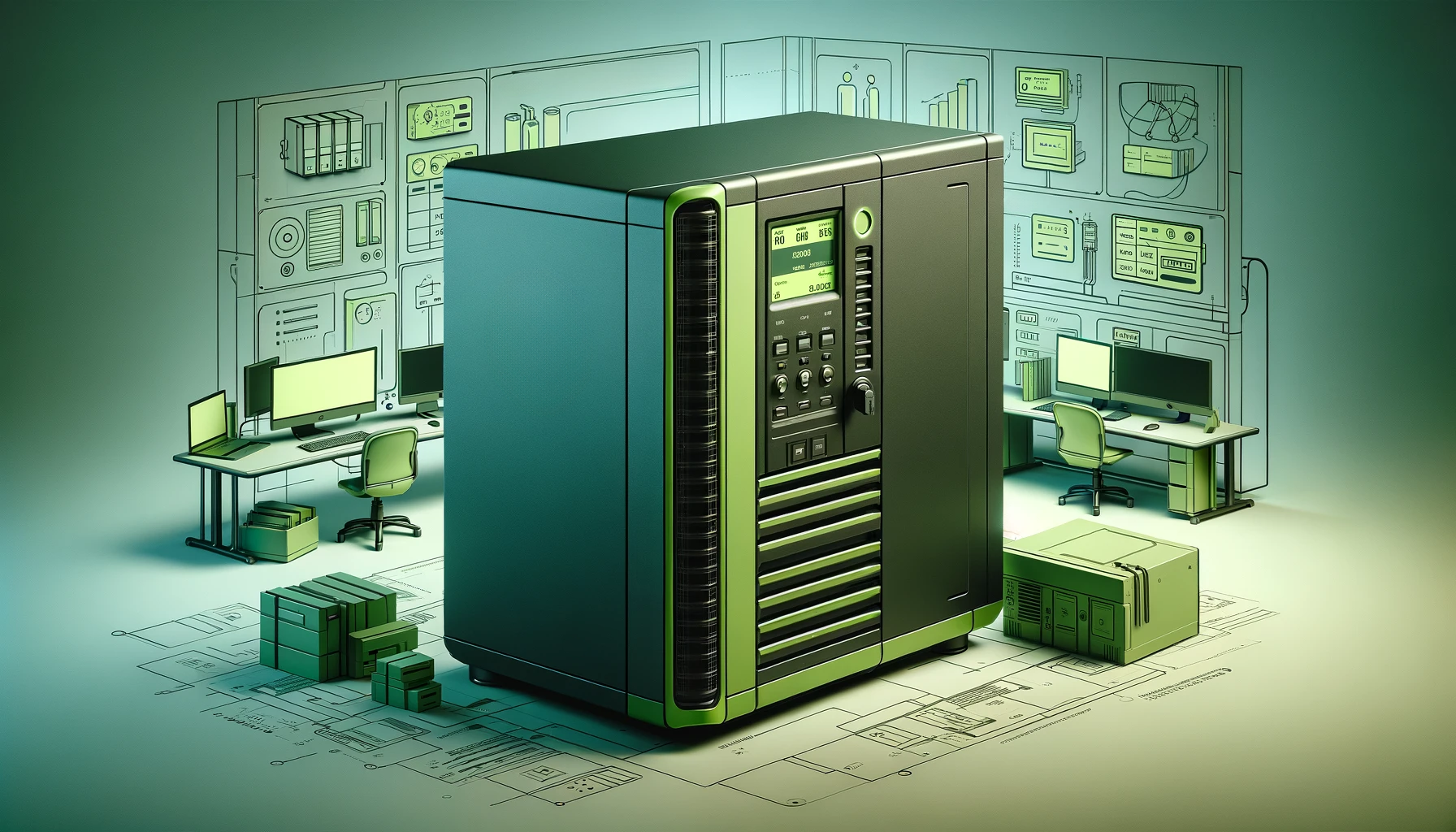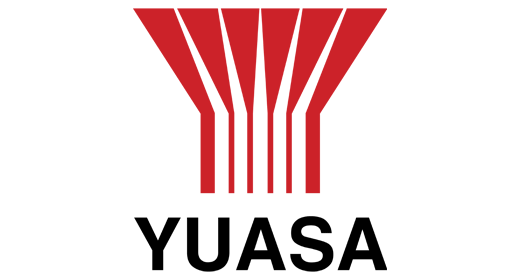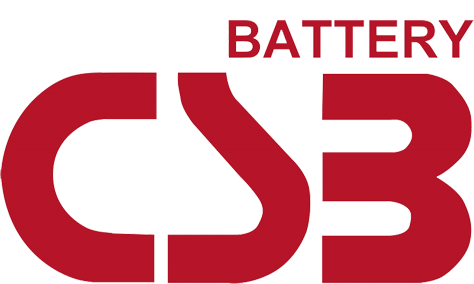Centralised vs Decentralised Bypass in UPS Systems
Maintaining a continuous power supply is crucial in business settings where even a minor interruption could lead to significant losses or operational hitches. That is where Uninterruptible Power Supply (UPS) systems come in, offering a failsafe against power glitches or even complete outages. However, not all UPS systems are created equal. There are two primary types—those with a centralised bypass and those with a decentralised bypass. On our journey through this intriguing electrical landscape, we'll delve into the world of these two distinct approaches, unravelling their structures, advantages, and how they stack up against one another.
Understanding the differences between centralised and decentralised bypass systems in UPS units will empower you to make informed decisions that best suit your organisational needs. Whether it's about achieving operational efficiency, safeguarding expensive equipment, or minimising downtime, knowing which UPS bypass architecture is suitable can make all the difference. So, let's flip the switch and illuminate this essential aspect of power management systems.

Centralised Bypass in UPS Systems
A revolutionary development in the uninterrupted power supply (UPS) systems field, centralised bypass, presents a promising solution to maintaining power supply stability. This system leverages a single common static bypass switch and its associated components to ensure an unbroken circuit.
Pros of Centralised Bypass Systems:
- Enhanced Scalability: Centralised systems facilitate the expansion of capacity and redundancy by adding modules to the central bypass cabinet. This scalability ensures that the system can accommodate growing demands over time.
- Streamlined Monitoring and Control: Centralisation simplifies the monitoring and control of bypass operations. Operators can efficiently oversee the entire system from a single location, improving responsiveness to anomalies.
- Centralised Management: Centralised bypass systems enable unified management of key components, ensuring that critical equipment such as static switches and maintenance bypasses are well-coordinated.
- Cost Savings on Redundancy: In some cases, centralised systems can lead to cost savings on redundancy, as fewer components may be required compared to decentralised alternatives.
Cons of Centralised Bypass Systems:
- Single Point of Failure: The centralised design creates a potential single point of failure. If the central bypass cabinet encounters issues, it can disrupt the entire system, making redundancy essential.
- Higher Initial Investment: The initial setup cost for centralised bypass systems tends to be higher due to the need for a robust central cabinet and associated infrastructure.
- Complex Installation and Wiring: Installing a centralised system can be more complex and time-consuming due to the intricate wiring and connections required.
- Greater Space Requirements: Centralised systems often demand more physical space, which can be a limiting factor in some installations.
Decentralised Bypass in UPS Systems
For many organisations, maintaining a robust power system is non-negotiable - especially in data centres or critical power applications. They must ensure that every millisecond is accounted for and that their operations continue seamlessly, even during a power failure. That is where decentralised bypass systems in Uninterruptible Power Supply (UPS) units come into play. With individual bypass switches for each UPS unit, they offer an unparalleled level of control and reliability.
Structure and Components
Decentralised bypass systems are designed considering the complexities of modern power requirements. These systems feature many components dedicated to ensuring the power supply remains uninterrupted. The heart of these systems is the individual bypass switch associated with each UPS unit. This unique aspect means that during UPS failure, the unit seamlessly switches to bypass mode without affecting the overall power distribution.
Pros of Decentralised Bypass Systems:
- Redundancy and Reduced Risk of Failure: Decentralised systems inherently offer redundancy, as multiple distributed components can assume bypass functions. This redundancy minimises the risk of system failure.
- Simplified Installation and Reduced Cabling: Decentralised systems are typically easier to install and require less complex cabling since critical components are distributed across the infrastructure.
- Distributed Load Sharing: Decentralised configurations facilitate distributed load sharing, optimising the utilisation of resources across the system.
- Enhanced Fault Tolerance: In the event of a component failure, decentralised systems can often continue to operate in a degraded mode, providing enhanced fault tolerance.
Cons of Decentralised Bypass Systems:
- Limited Scalability: Unlike centralised systems, decentralised configurations may have limitations in terms of scalability, which can be a concern in rapidly expanding environments.
- Increased Maintenance Complexity: Managing multiple distributed components can introduce complexity to maintenance procedures, potentially increasing operational overhead.
- Higher Total Cost of Ownership: The benefits of redundancy and fault tolerance in decentralised systems can be offset by higher total cost of ownership due to increased hardware and maintenance expenses.
- Challenges in Synchronisation: Ensuring synchronised operation across distributed components can pose challenges, particularly in complex systems.
Comparison of Centralised and Decentralised Bypass Systems
When it comes to uninterrupted power supply (UPS) systems, businesses often find themselves at a crossroads between centralised and decentralised bypass systems. Each of these systems carries its unique set of pros and cons, ultimately shaping the reliability, cost-efficiency, and maintainability of the system. In this light, we're going to juxtapose these two prominent architectures to enable you to make informed decisions about incorporating UPS systems into your business environment.
Advantages and Disadvantages
Centralised Bypass Systems
Without a doubt, centralised UPS systems put forward immense. The stability they confer in the power curve is paramount. These systems are crafted to eliminate most power disruptions, thereby enhancing the reliability of your power supply. One of their most prominent attributes is power distribution. The system requires means to distribute power from the UPS to the connected equipment. While this poses additional challenges in managing a complex network of resources, it's a small price to pay for the offered consistency and power efficiency.
Nevertheless, some downsides are tied to centralised UPS systems. The absence of a decentralised static switch often calls for larger space requirements, tipping the scales towards higher costs.
Decentralised Bypass Systems
On the flip side of the coin, we have decentralised bypass systems. These are unfolding as a potent solution to modern businesses with their robust features. Distributed UPS systems involve managing and monitoring a larger network of resources, each UPS unit equipped with its own internal static bypass, thereby improving redundancy, availability, and scalability at the same time. With this setup, power disruptions are managed efficiently, and power is regulated in real-time across various channels.
However, these systems are not without their limitations. Modular UPS systems primarily focus on redundancy and scalability while overlooking the stability that centralised systems offer. Thus, the potential for power disruptions can be somewhat higher.
Given the strengths and limitations of centralised and decentralised UPS systems, the ultimate choice trickles down to your individual business needs. A thorough assessment will enable you to balance your immediate operational needs with long-term scalability and cost-effectiveness.
Choosing the Right Bypass Architecture
Undeniably deciding on the most suitable UPS or Uninterruptible Power Supply, bypass architecture can shape the contingency power solutions for businesses. The UPS plays a crucial role in ensuring top-grade power quality and continuous power supply to core operations. Hence, making the right choice between a centralised or decentralised bypass system can significantly influence system performance and reliability. Let's dive deeper into the critical factors that one must consider while deciding on the appropriate bypass architecture.
Considerations
When choosing a UPS, businesses must evaluate their specific needs and long-term operational goals. While a centralised bypass system shows off its excellence in attractive price points and straightforward system design, a decentralised bypass model thrives due to its easy scalability, optimal fault isolation and significant redundancy. Consider these distinctive benefits:
- Scalability and Redundancy: A key lynchpin to consider is the scalability and redundancy of the UPS system. Modular UPS systems present an effective way to ensure high levels of redundancy, availability, and scalability. Modular UPS systems allow for easy expansion in the future, providing effective solutions for growth-oriented businesses.
- Fault Isolation: Another formidable advantage of decentralised bypass systems is their ability to isolate faults effectively. Centralised systems can become a single point of failure, causing the entire data centre to go offline during a critical situation. However, decentralised systems ensure that only the affected module goes offline, with the remaining modules continuing to supply power.
- Maintenance Flexibility: The modularity aspect of decentralised systems also plays a significant role in prolonging the life span of your system. Being able to replace or upgrade individual components without shutting down the entire operation yields a significant advantage.
Selecting the right power protection system is an amalgamation of understanding your business needs, adoption of current technology trends, and adequate foresight for future expansion. In essence, both centralised and decentralised bypass systems have their unique virtues. Whether you desire the simplicity of a single, large UPS or the flexibility of a modular system, understanding these critical factors will guide you towards making an educated and effective decision.
Conclusion
The debate between centralised and decentralised bypass in UPS systems is not a matter of one being universally better than the other. Rather, it boils down to a careful analysis of your business's specific circumstances, priorities, and resources. Each system has its unique set of advantages, be it in terms of simplicity, cost-effectiveness, redundancy, or flexibility. Choosing the right bypass architecture, therefore, necessitates a thorough understanding of these systems and how they align with your business needs.
At Secure Power, we understand that the power needs of every business are unique and nuanced. Therefore, we strive to provide tailored solutions that best fit your requirements. Our comprehensive range of high-quality UPS solutions delivers the most effective safeguard against power disruptions, ensuring seamless continuity for your business operations. Our dedicated team, with their extensive industry knowledge, is always ready to guide you in making the best-informed choice. Contact us to explore our wide range of services.
Remember, when it comes to the success and resilience of your business, no detail is too small to consider. When it comes to power supply, making the right decisions can mean the difference between smooth operations and costly downtime.
Frequently Asked Questions
-
What is the difference between centralised and decentralised bypass in uninterruptible power supply (UPS) systems?
In a centralised bypass configuration, all UPS modules are connected to a common bypass line, while in a decentralised bypass configuration, each UPS module has its own dedicated bypass line.
-
What are the advantages of a centralised bypass in UPS systems?
Some advantages of a centralised bypass are simplified installation, reduced footprint, and ease of maintenance, as there is only one common bypass line for all UPS modules.
-
What are the advantages of a decentralised bypass in UPS systems?
Decentralised bypass offers increased redundancy and fault tolerance, as each UPS module has its own bypass line. It also allows for individual UPS module maintenance without affecting the operation of the entire system.
-
Which bypass configuration should I choose for my UPS system?
The choice of bypass configuration depends on factors such as the required level of redundancy, available space, and ease of maintenance. Each configuration has its own benefits, so it's important to evaluate your specific needs and consult with a professional to make the right decision.
-
Can I switch between centralised and decentralised bypass configurations in a UPS system?
Switching between bypass configurations in a UPS system can be complex and may require significant modifications to the electrical infrastructure. It is not a simple switch and may require assistance from qualified professionals.














